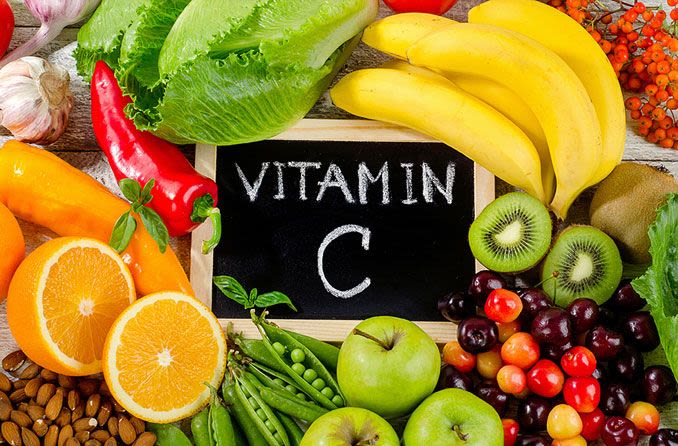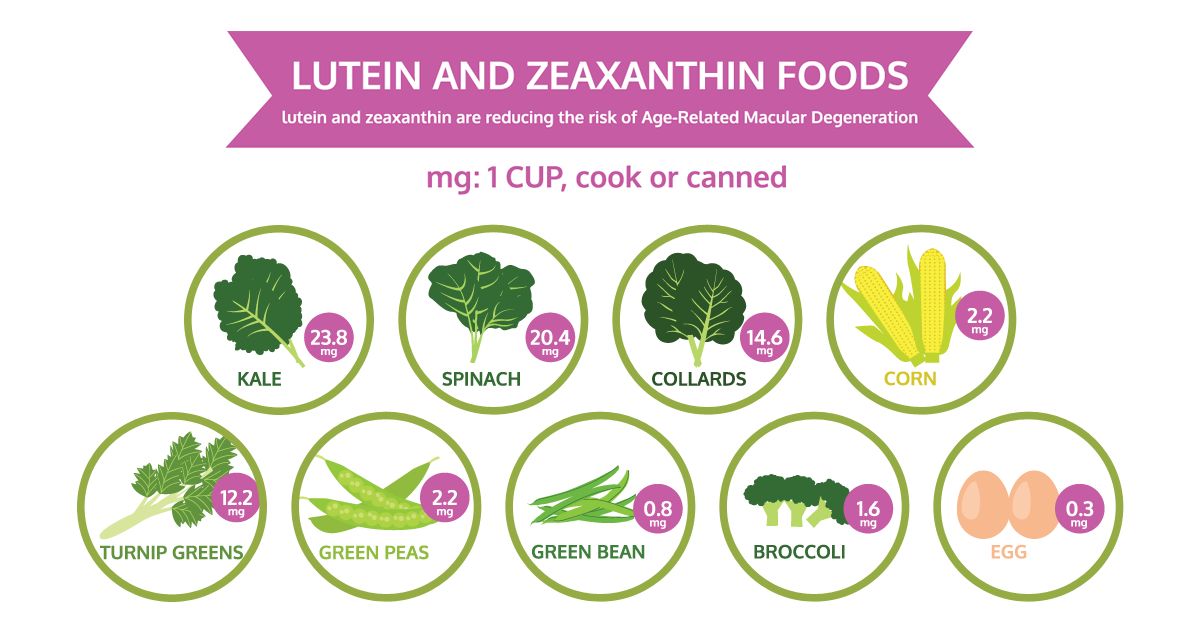Does vitamin A do anything to help eyes and vision? Can a vitamin A deficiency cause blindness? Is it dangerous to consume too much vitamin A?
Read on for answers to these questions and other useful facts about this important antioxidant vitamin, including information about eye benefits of vitamin A and beta-carotene, top vitamin A foods, and possible benefits of vitamin A eye drops.
What Is Vitamin A?
Vitamin A actually is a group of antioxidant compounds that play an important role in vision, bone growth and health of the immune system. Vitamin A also helps the surface of the eye, mucous membranes and skin be effective barriers to bacteria and viruses, reducing the risk of eye infections, respiratory problems and other infectious diseases.
In general, there are two types of vitamin A, depending on the type of food source it comes from:
- Vitamin A from animal-derived foods is called retinol. This "pre-formed" vitamin A can be used directly by the body. Good food sources of retinol vitamin A include beef and chicken liver, whole milk and cheese.
- Vitamin A obtained from colorful fruits and vegetables is in the form of "provitamin A" carotenoids, which are converted to retinol by the body after the food is ingested. Good food sources of provitamin A carotenoids include carrots, sweet potatoes, spinach, kale and cantaloupes.
Beta-carotene is one of the most prevalent and effective provitamin A carotenoids.

Sweet potatoes and carrots are excellent sources of provitamin A carotenoids that are good for your eyes.











